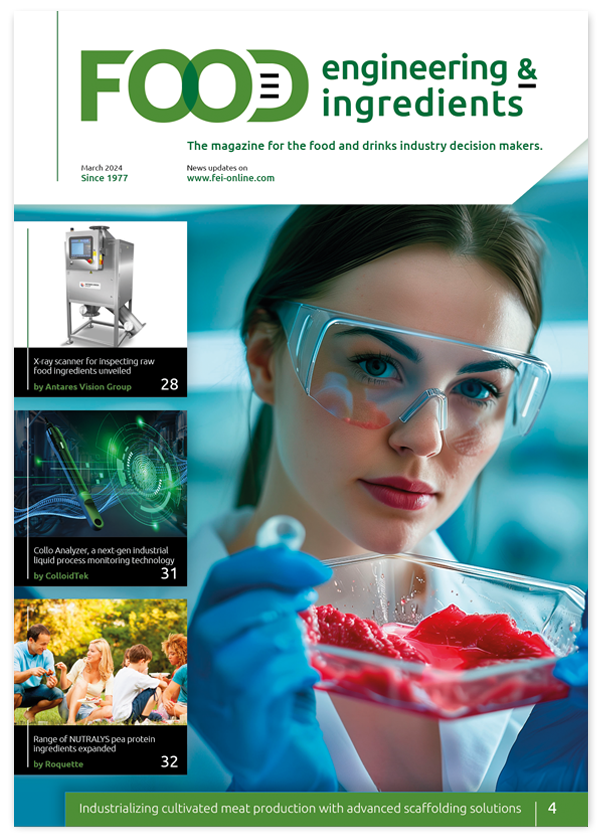Contract manufacturing by fluid bed and spouted bed technology: Which is better, continuous or batch process?
When running processes such as fluid bed and spouted bed drying, granulation, encapsulation and coating, which production management is most advantageous for contract manufacturers: continuous or batch mode? Gudrun Ding, Head of Business Development, Process Technology, Glatt Ingenieurtechnik provides an insight into their everyday practices and points out which mode of operation offers most benefits


